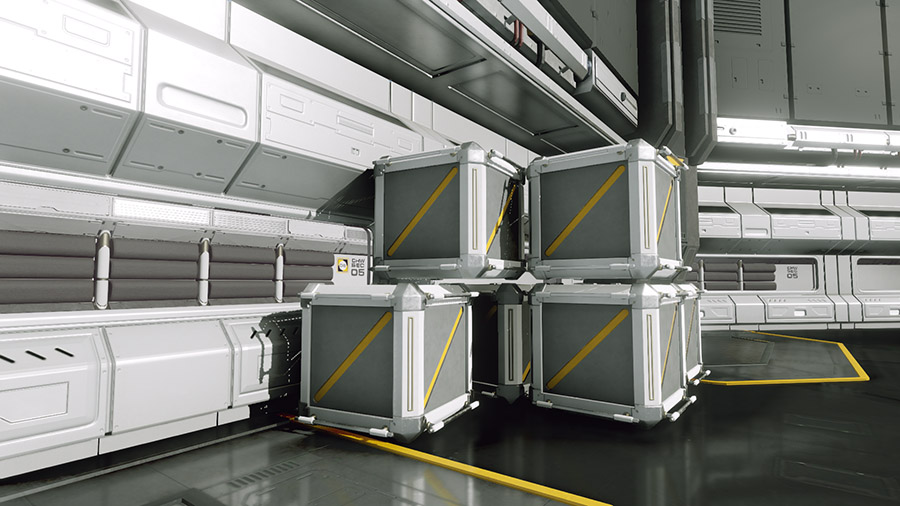Maintenance mode is on
Malicious attacks are targeting this website. On Christmas Eve of all days.
Apologies, documentation for assets is unavailable for a time.
Malicious attacks are targeting this website. On Christmas Eve of all days.
Apologies, documentation for assets is unavailable for a time.
